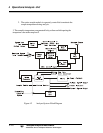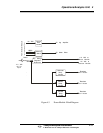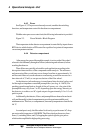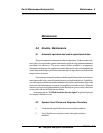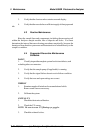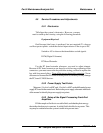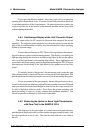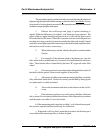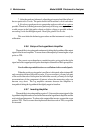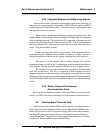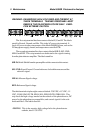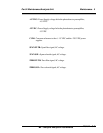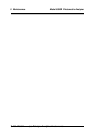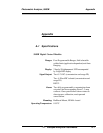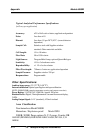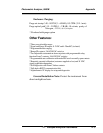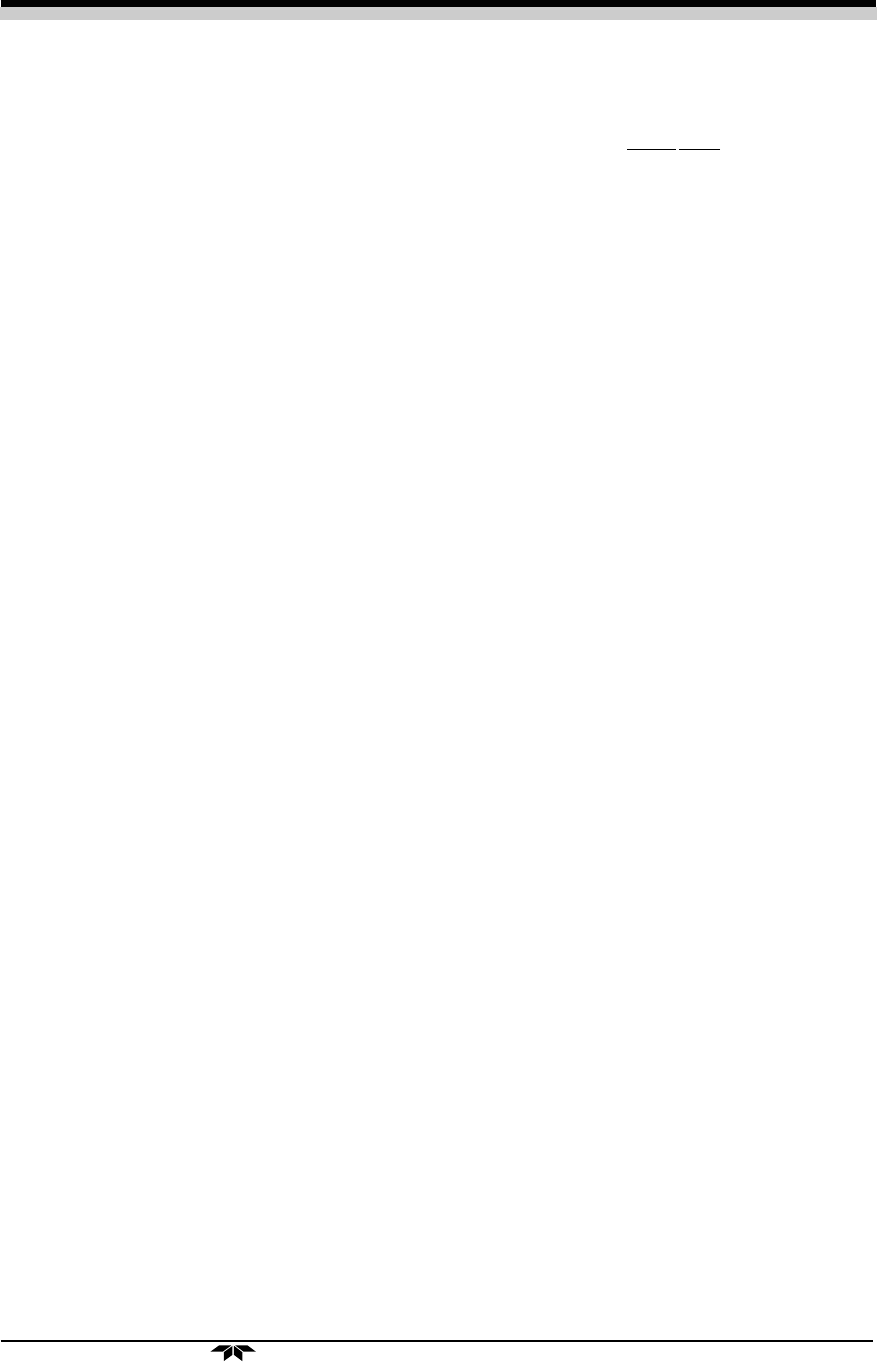
5 Maintenance Model 5000B Photometric Analyzer
5-6: Part II
Teledyne Analytical Instruments
7. After the peaks are balanced, adjust the gain control until the tallest of
the two peaks is 8 to 9 volts. The peaks should still be within1 volt of each other.
8. It is always good practice to operate the analyzer with as low a gain as
possible. Therefore, with the gain control just barely off its stop, once again remove
or add screens in the light path to obtain as high a voltage as possible without
exceeding 9 volts for the highest peak. Read-just gain for 8 to 9 volts.
This concludes the balancing procedure and the instrument is ready for
calibration.
5.5.6 Setup of the Logarithmic Amplifier
The amplifier is inverting and continuously taking the logarithm of the output
signal of the second amplifier. You can observe the output by connecting the scope
probe to TP4.
The correct wave shape has a rounded negative going pulse that is the
signal and a flat-topped positive pulse that depicts saturation of the log amplifier.
You should not permit distortions or oscillations in the rounded peaks.
When the positive going pulse is not flat or is distorted, adjust trimpot R3
only enough to obtain a flat positive pulse. If you over adjust, you may lose part
of the second decade of absorption and affect the accuracy of analysis for high
concentrations of the component of interest where the measuring pulse can
become very short. The log amplifier saturates because the amplifier is
incapable of taking the logarithm of the slightly negative baseline.
5.5.7 Inverting Amplifier
The amplifier is inverting and has a gain of 1. It inverts the output signal of the
logarithmic amplifier and acts as a buffer between the logarithmic amplifier and the
reed switch and integrators. To observe the output of the inverter, connect the scope
probe to TP5. The wave must be a duplicateof that observed on TP4, except that
it is inverted.



